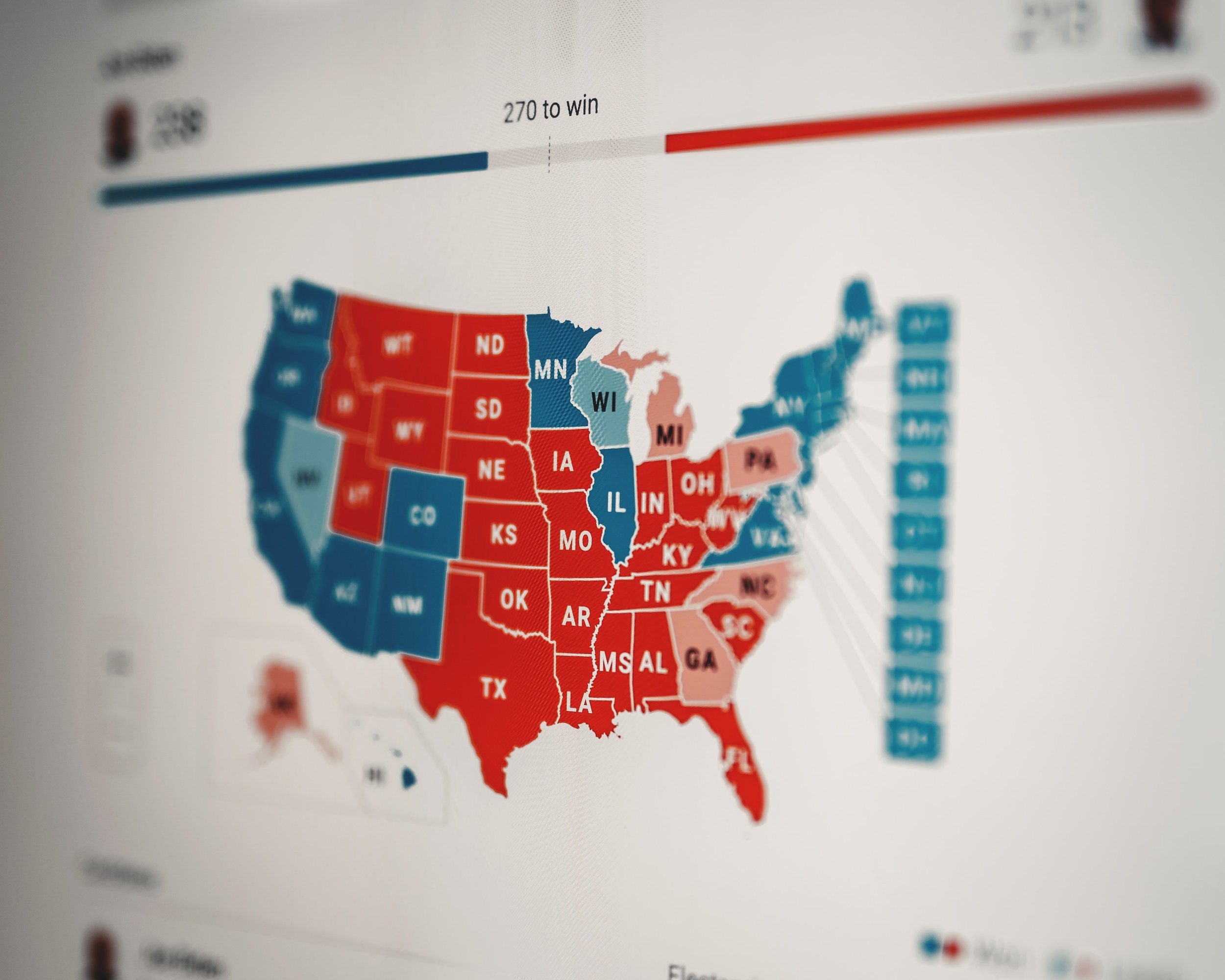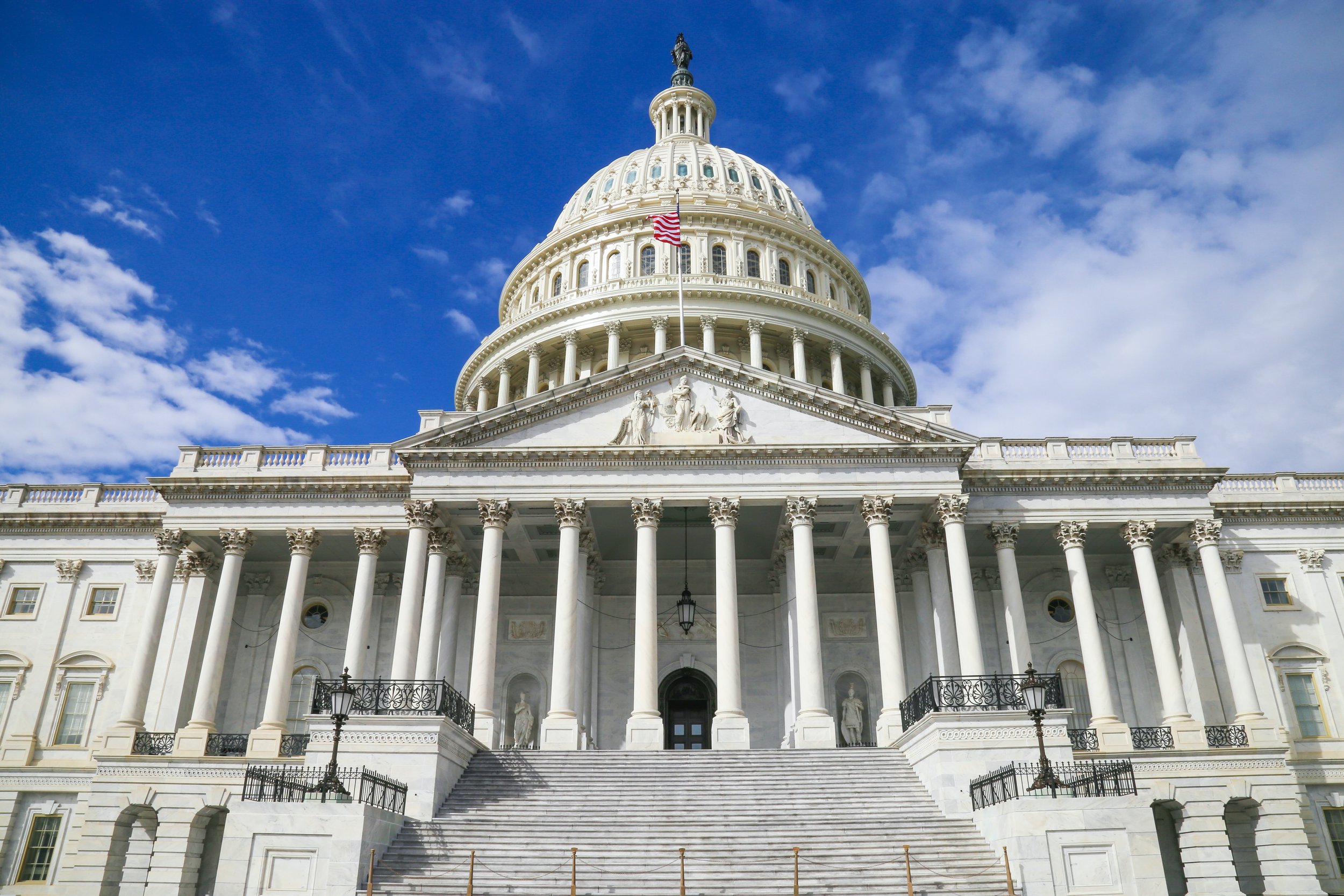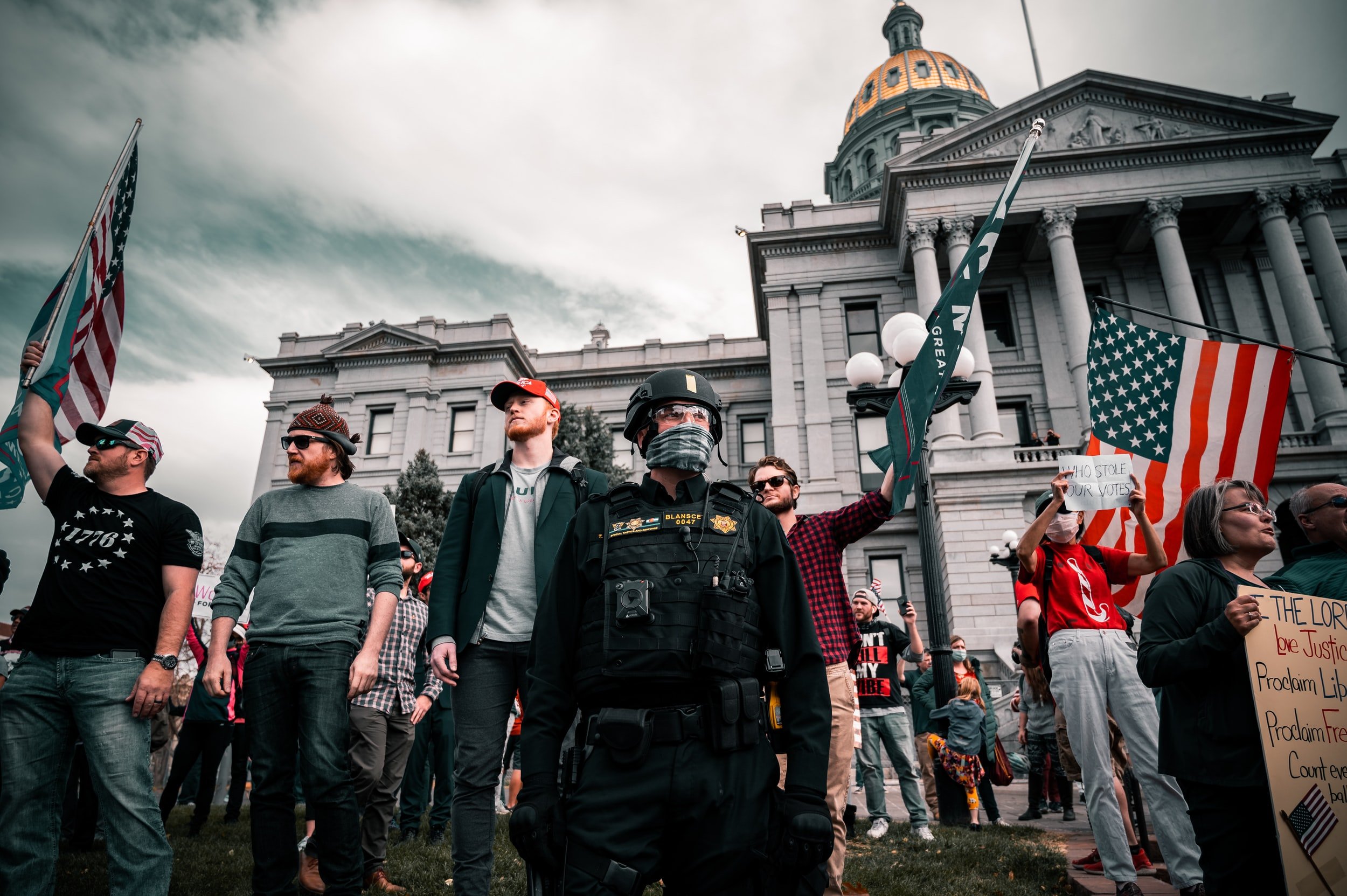Denying the Violence: The Missing Constitutional Law of Conquest
The United States committed at least two original sins. The one, slavery, is well known. The other, conquest, is both obvious and unknown at the same time.
The Constitution was designed and implemented to facilitate American empire. The country we now know grew from a narrow strip of colonies along the east coast to encompass much of a continent, from sea to shining sea. It grew purposefully, through powers newly granted in the Constitution. The conquest of native America happened pursuant to the Constitution.
Revenge Porn in the Shadow of the First Amendment
Millions of people around the world, most of them women, have been victims of revenge porn and have suffered intense pain and distress as a result. By 2021, almost all US states had criminalized revenge porn, defining it primarily as an infringement of privacy, as obscenity or as harassment. US courts have recently considered the constitutionality of criminalizing revenge porn in view of the potential conflict with freedom of speech. Contrary to the courts’ decisions, we argue that revenge porn is a sex offense and therefore justifies limiting the disseminator’s freedom of speech to a significant degree. Empirical evidence indicates that victims experience revenge porn as an erasure of their personal autonomy, one that radically disrupts their lives, alters their sense of self and identity, and dramatically affects their relationship with themselves and with others. Insofar as the rationale of freedom of speech relies on the protection of autonomy, the protection of the disseminator’s autonomy should not be at the expense of erasing the victim’s autonomy. Thus, our argument highlights the necessity for US state legislators to redefine the boundaries of the revenge porn offense accordingly.
The Eye in the Sky Delivers (and Influences) What You Buy
Imagine that you are at home, when suddenly a drone peers into your window, takes a picture of your wardrobe, familiarizes itself with your fashion preferences, or takes a picture of your kitchen table during dinner. The drone immediately transfers the picture to the commercial platform that operates it, such as Amazon or Uber. The platform in turn targets you with personalized advertisements for merchandise or food, in real time, customized to your lifestyle, at the time when you are most susceptible, manipulating you to make a purchase. How should the law react to this? And what if a drone were to collect information on private individuals in public using sophisticated cameras, sensors and facial recognition software? What if the platform that operates drones were to collect and use information on consumers and third parties? Should the law limit such invasions of privacy?
The use of drones is growing rapidly and their technological capabilities are growing exponentially. Drones differ from existing surveillance technology. Their low cost and their ability to fly, equipped with high-resolution cameras, recording systems and sensors, enable them to take in information over longer periods of time and much more effectively than the human eye or ear. Such capabilities are liable to give rise to pervasive surveillance of a kind never known before. Making matters worse, invasion of privacy has serious consequences. By using a network of drone fleets at the service of a single commercial platform, such surveillance could allow the platform to effectively aggregate and analyze tremendous amounts of high-quality information on the parties under surveillance, gain valuable insight on consumers and influence their decisions to order merchandise or food.
Civil RICO Standing for Misleading Pharmaceutical Marketing in Painters Health Care Fund v. Takeda Pharmaceutical Co.
Article III of the U.S. Constitution requires that judicial power extend only to “cases” and “controversies”—a requirement commonly understood as standing to sue.1 Article III’s standing requirement embodies a constitutional minimum that the plaintiff must have suffered a concrete injury, fairly traceable to the defendant’s conduct that a court can redress by a favorable ruling.2 Congress may even specify what is required of a potential plaintiff to satisfy Article III standing under a particular statute. Under the civil provision of the Racketeer Influenced and Corrupt Organization Act (“RICO”), a potential plaintiff must be injured “in his business or property” “by reason of” certain predicate acts as defined by the statute.3 Within the past two decades, there has been a wave of opioid litigation against major pharmaceutical corporations.4 A current split among circuit courts of appeals is whether plaintiffs should be able to sue to recover money they would not have paid to pharmaceutical corporations but-for certain misrepresentations.
What Comes After January 6? On the Contingent Congressional Procedure
Most criticism of the system of presidential election focuses on the Electoral College, and most criticism of the Electoral College focuses narrowly on the shortcomings of the Electoral College itself. The objections are well known. The most basic is an objection of political principle. The Electoral College, on its face, deviates from the democratic principle of one-person-one-vote and gives the vote of a citizen in Wyoming approximately the same weight as 3.5 votes in California. The result is an unequal distribution of political power, both between citizens and among states. We can call this the 3.5:1 problem.
Beyond Sisyphus: Some Thoughts on Electoral College Reform
This essay, though written by a historian of the American Revolution and Constitution, will not dwell at length on the origins and early evolution of the presidential election system – subjects that its author has already examined elsewhere. An opening section will nonetheless summarize and stipulate key historical points essential to the overall argument. Two of these will be stated rather concisely; the third, which relates to early experiments in manipulating the rules for appointing electors, will be developed at somewhat greater length, in part because our fascination with the 1800 tie vote of running-mates Thomas Jefferson and Aaron Burr has led us to slight other developments of equal importance. The emphasis will then shift to the concerns, principles, and ideas that should guide or inform any effort to replace the existing state-based system of presidential elections with a National Popular Vote (NPV). This goal can be attained only through an Article V amendment, and not via the National Popular Vote Interstate Compact (NPVIC), which is a Rube Goldberg constitutional conjuring trick that is fatally flawed.
No More January Sixths: A Constitutional Proposal to Take Politics Out of Presidential Election Mechanics
The shocking events of January 6, 2021, in Washington should spark legal reform. But the focus of this essay is not the storming of the Capitol. Rather, this essay focuses on the ill-considered legal mechanics for the presidential Electoral vote, through which members of Congress “objected” to the counting of votes for Joe Biden, who won the 2020 election, in the midst of months of haphazard litigation and vague claims of a “steal.” The system that American law uses to count presidential votes was not anticipated by the Framers of the Constitution and surely is not a sensible method for concluding the most important election in the world.
Crisis and Disconnect: Electoral Legitimacy and Proposals for Election Reform
There is a crisis in American elections. A large and apparently growing percentage of Americans are simply unwilling to accept that an election lost by their preferred candidates was an honest result. On the political right, the typical cry is “fraud.” On the left, it is “vote suppression.” These beliefs are almost entirely disconnected from the facts. By almost any standard, fraud in American elections is relatively trivial and less common than it has been throughout much of history. And contrary to claims of “suppression,” there have never been fewer obstacles to voting in the United States.
Supreme Court Arrests Regulatory Law on Climate and Sustainable Power
The Supreme Court is empowered to restrict the exercise of legal action by the other two co-equal branches of government. The Court recently issued four successive decisions that stopped the Executive Branch in its tracks: holding that federal common law was federally displaced and could not address climate, then restricting Executive Branch regulatory “tailoring,” then blocking executive branch power due to failure to consider costs of its regulation, and finally enjoining executive branch regulatory authority over climate. Amid the current sprint to reduce carbon emissions by any means to preserve the climate, the Court’s legal restraints truncated federal government action regarding climate change.
Amazon’s Neighborhood Watch
DoorBot, a technology startup, featured on the fifth season of NBC’s hit entrepreneurial reality show, Shark Tank. It offered customers the ability to see, hear, and speak to anyone at their front door with its single product, the “video doorbell.” After the product pitch, Robert Herjavec, one of the investor-sharks, said “it freaks me out.” DoorBot did not secure a deal.
Democracy and Demography
American democracy is under siege. This is so because of the confluence of three trends: (1) demographic change and residential segregation, which increasingly have placed more racially diverse Democratic Party voters in cities and suburbs, while rural areas have become more white and Republican; (2) a constitutional structure—particularly the Electoral College, the composition of the Senate, and the use of small, winner-take-all legislative districts—that gives disproportionate representation to rural populations; and (3) the willingness of this rural Republican minority to use its disproportionate power to further entrench counter-majoritarian structures, whether through extreme partisan gerrymandering, increased voter suppression efforts, court-packing, or outright rebellion against the results of democratic elections. These three trends together pose an existential threat to the whole idea of democratic self-governance. This Article therefore makes the case for heightened judicial scrutiny in order to protect democratic processes against partisan and discriminatory entrenchment. In making this argument, we seek to revive the political process rationale for heightened judicial scrutiny.
Juries, Democracy, and Petty Crime
As advocates push to expand the right to trial by jury in criminal cases, the Supreme Court should revisit the “petty offense” exception in light of the expansive web of collateral consequences that has developed in the past few decades. In Ramos v. Louisiana, the Court grappled with the question of stare decisis and overruled decades-old precedent on the constitutionality of non-unanimous jury verdicts, recognizing that the Court should be most willing to reconsider precedent in cases involving constitutional criminal procedure. At the same time, state legislatures should address the problem by extending the state right to jury trials to cover all criminal prosecutions. The implications of such changes would extend beyond a procedural reform that would affect the rights of individual defendants. Expansion of the jury trial right would constitute a meaningful structural reform in democratizing criminal justice at a time when such change is needed to establish the popular legitimacy of the criminal justice system.
Smith’s Last Stand? Free Exercise and Foster Care Exceptionalism
The Article explains why the constitutional path to victory by religious foster care agencies that seek to place conditions in accepting foster parents, including Catholic Social Services in Fulton v. City of Philadelphia, should be one lit by rights of children, which the agencies should have standing to assert, rather than any rights of their own. Courts should dismiss religious foster-care agencies’ First Amendment claims as simply inapposite, a category error, because the state is not constrained by First Amendment rights of third parties when acting in the fiduciary capacity that parens patriae authority entails. It should also recognize, however, that children have Fourth and Fourteenth Amendment rights against the government’s seizing them and then treating them as distributable goods whose fate is influenced by solicitude for the sentiments and equality claims of aspiring foster parents.
“A Reasonably Comparable Evil”: Expanding Intersectional Claims Under Title VII Using Existing Precedent *
Title VII of the Civil Rights Act of 1964 (“Title VII”) makes it unlawful to discriminate against an individual in employment “because of such individual’s race, color, religion, sex, or national origin.” The Supreme Court has since clarified that discrimination includes both harassment and stereotyping based on a protected class. Legal scholars have increasingly recognized and explored how intersectional discrimination, in which people are discriminated against on the basis of more than one trait or characteristic, relates to Title VII and other anti-discrimination laws. A key insight of intersectional theory is that this kind of discrimination is not merely additive (discrimination against Black women equals race discrimination plus sex discrimination), but that “categories may intersect to produce unique forms of disadvantage.” This Article argues that claimants can use the existing Supreme Court precedent of Oncale v. Sundowner Offshore Services, Inc. to contend that intersectional discrimination is a “reasonably comparable evil” to the single-basis discrimination contemplated by Congress in 1964, and therefore falls under the broad and flexible interpretation the Court has applied to Title VII’s “because of” language.
The Appointment of Counsel in Collateral Review
Some courts, on the state and federal level, have implemented rules for appointing counsel in habeas corpus petitions, which allow petitioners in state or federal custody to challenge the validity of their detention. But these rules are inconsistent and differ greatly, leading to petitioners having no knowledge of whether or not counsel will actually be appointed, or whether appointed counsel is prepared to provide adequate representation.
However, because local rules of the federal district courts can be changed relatively easily, judges have an opportunity to adopt favorable appointment mechanisms without much difficulty. This article looks at the Pennsylvania state rules and the local rules of several district courts, with the local rules of each court serving as individual “cases,” to determine just how effective the mechanisms of appointment are, and in doing so, makes recommendations as to what rules courts should adopt to ensure more effective appointment of counsel in habeas proceedings.
Dred Scott and Asian Americans
Chief Justice Taney’s 1857 opinion in Dred Scott v. Sandford is justly infamous for its holdings that African Americans could never be citizens, that Congress was powerless to prohibit slavery in the territories, and for its proclamation that persons of African ancestry “had no rights which the white man was bound to respect.” For all of the interest in and attention to Dred Scott, however, no scholar has previously analyzed United States v. Dow, an 1840 decision of Chief Justice Taney in a circuit court trial which is apparently the first federal decision to articulate a broad theoretical basis for white supremacy. Dow identified whites as the “master” race, and the opinion explained that only those of European origin were either welcomed or allowed to be members of the political community in the American colonies. Non-whites such as members of Dow’s race, Taney explained, could be reduced to slavery, and therefore their rights continued to be subject to absolute legislative discretion. Dow, however, was not a person of African descent—he was Malay, from the Philippines. Chief Justice Taney’s employment in Dow of legal reasoning which he would later apply in Dred Scott suggests that Dred Scott should be regarded as pertinent to all people of color, not only African Americans.
The First Civil Rights Movement: Black Rights in the Age of the Revolution and Chief Taney’s Originalism in Dred Scott
In Dred Scott v. Sandford, Chief Justice Roger B. Taney justified denying free Blacks the right to sue in diversity in federal courts on the ground that no Black, whether slave or free, could ever be a citizen of the United States. He asserted that at the Founding, free Blacks were not citizens of the nation and that they could never be incorporated into the American polity. He infamously asserted that at the Founding, Blacks were “so far inferior, that they had no rights which the white man was bound to respect; and that the negro might justly and lawfully be reduced to slavery for his benefit.” Taney was fundamentally wrong in these claims, and he should have known as much. In the last three decades of the eighteenth century, Americans actually witnessed a dramatic revolution in race relations, leading to the first civil rights laws in U.S. history. While some states retreated from this period of expanded civil rights in the nineteenth century, others did not.
Roger Taney: Intersectional Racist in an Age of Racist Differentiation
This Essay primarily addresses two points, raised by Professor Gabriel J. Chin in his Article, Dred Scott and Asian Americans: first, Chief Justice Roger Taney as a proponent and defender of interconnected, even intersectional, racial ideologies; and second, Taney’s representativeness as an historian and as a legal realist describing law and politics as they were. In Professor Chin’s first claim, about the interconnected nature of Taney’s racial thought, we find a fascinating insight into the construction of a predominantly Democratic vision of the white race that helped shape not only Taney’s jurisprudence, but also his party’s efforts to develop a constructed identity politics. Professor Chin’s focus on the Naturalization Act of 1790 is a powerful rejoinder to many early U.S. historical narratives that examine race making solely with regard to people already in what became the United States. Taney’s arguments about a white Christian master race in turn help center nonwhiteness, not just Blackness or indigeneity, in early U.S. history with profound consequences. These are major claims and major contributions.
Dred Scott and Asian Americans: Was Chief Justice Taney the First Critical Race Theorist?
This commentary considers Professor Jack Chin’s analysis in his Article, Dred Scott and Asian Americans, of the white supremacist underpinnings and modern legacy of U.S. Supreme Court Chief Justice Roger Taney’s decisions in United States v. Dow, a little-known decision denying full citizenship rights to Asian Americans, and Dred Scott v. Sandford, an iconic Supreme Court decision that rejected full citizenship to a freed Black man and precipitated the Civil War. It further explores how Chief Justice Taney’s analysis of race and racial subordination in the nineteenth century exemplifies the fundamental tenet of modern Critical Race Theory that the law operates to enforce and maintain white supremacy.
Dual Federalism, Constitutional Openings, and the Convention on the Rights of Persons with Disabilities
The Convention on the Rights of Persons with Disabilities (“CRPD”) represents a historic achievement for the global disability rights movement. Yet, when the U.S. Senate refused to ratify it on December 4, 2012, its influence on American law and policy seemed doomed. The Founders, after all, had conceived of a constitutional vision—“dual federalism”—where the federal government acts as the ultimate arbiter of questions of international policy. But dual federalism has not endured. Cities, counties, and states have become key decision-makers in areas once dominated by the federal government, and they have also become champions of the CRPD. This Article explains that “foreign affairs federalism” is at the heart of this paradigm shift. This new status quo reveals that the Constitution leaves ample room for subnational entities to engage on issues of international scale.




















